Data-driven decarbonisation to improve public transport
Planet Earth is at a critical juncture, operating at 175% of its natural resource capacity and hurtling towards an alarming 200% by the 2030s. As stewards of this planet, we must acknowledge that we are not merely inheritors but rather borrowers, entrusted with preserving it for our children.
Snowflake's data collaboration capabilities can revolutionise public transport, paving the way for a substantial reduction in carbon emissions associated with transportation.
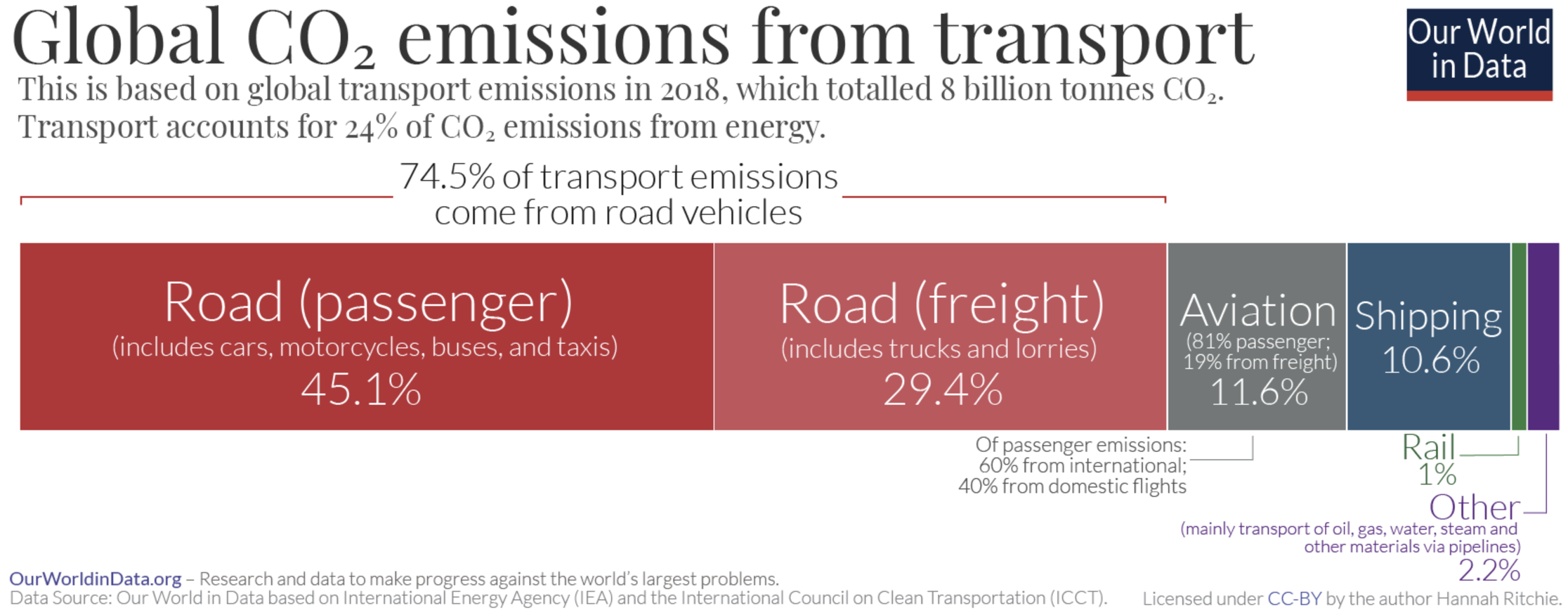
Source: https://ourworldindata.org/co2-emissions-from-transport
Transportation alone accounts for over 20% of the world's total carbon emissions, with a staggering 75% originating from road vehicles. Regrettably, our urban landscapes are predominantly designed around cars, relegating public transportation to an afterthought. We must realise that merely painting a bicycle symbol on a sidewalk does not constitute a functional cycle lane.
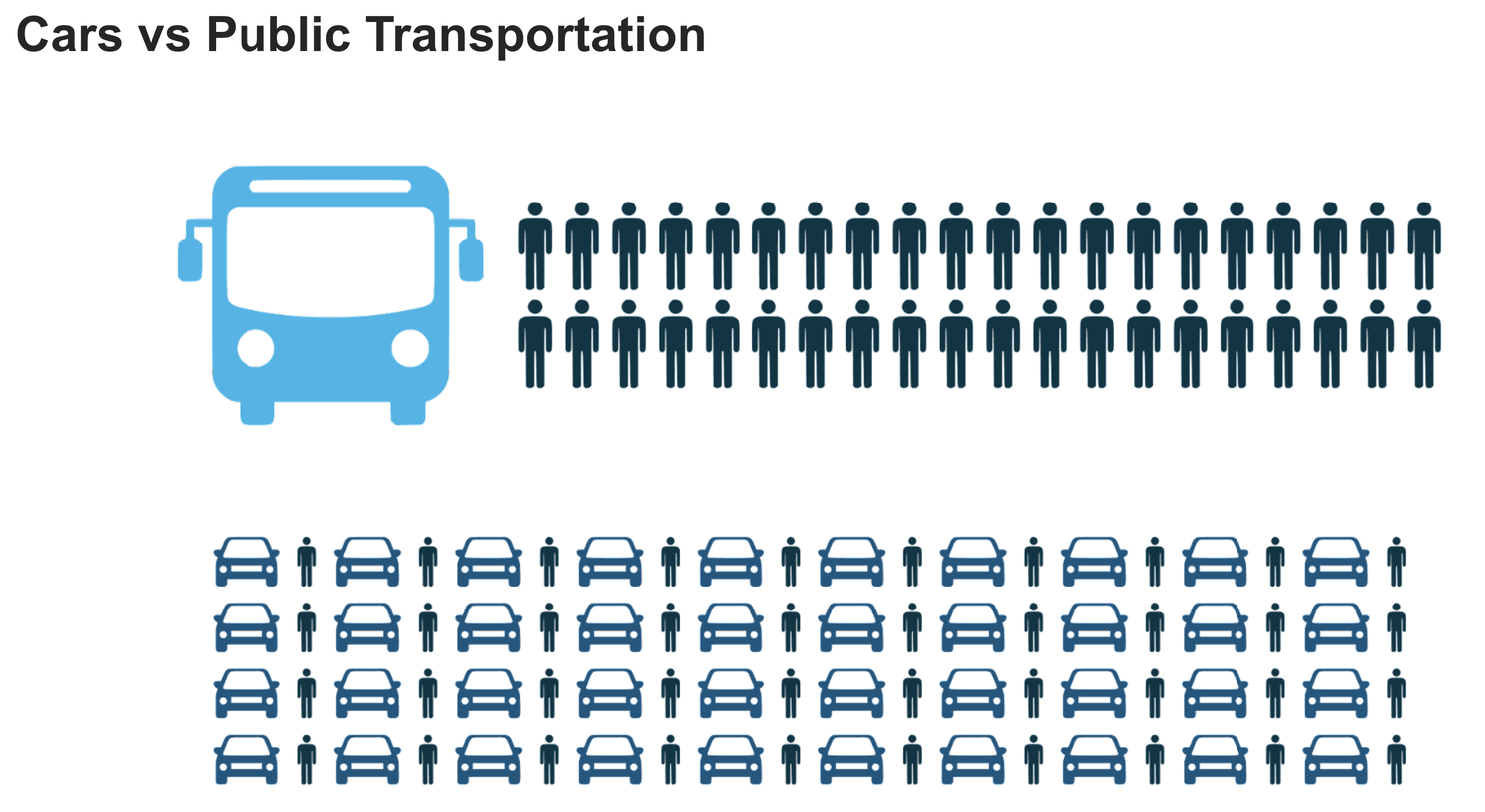
Let's consider a scenario: 50 people in 50 cars versus 50 people on a single bus. Did you know that the average car is used for just one hour each day, spending the remaining 23 hours parked at homes and offices? While electric cars may appear to be a quick fix for reducing CO2 emissions, they fall short of being a truly ecological solution. We still need extensive parking infrastructure, mineral mining for batteries, and the constant expansion of road networks to accommodate more lanes.
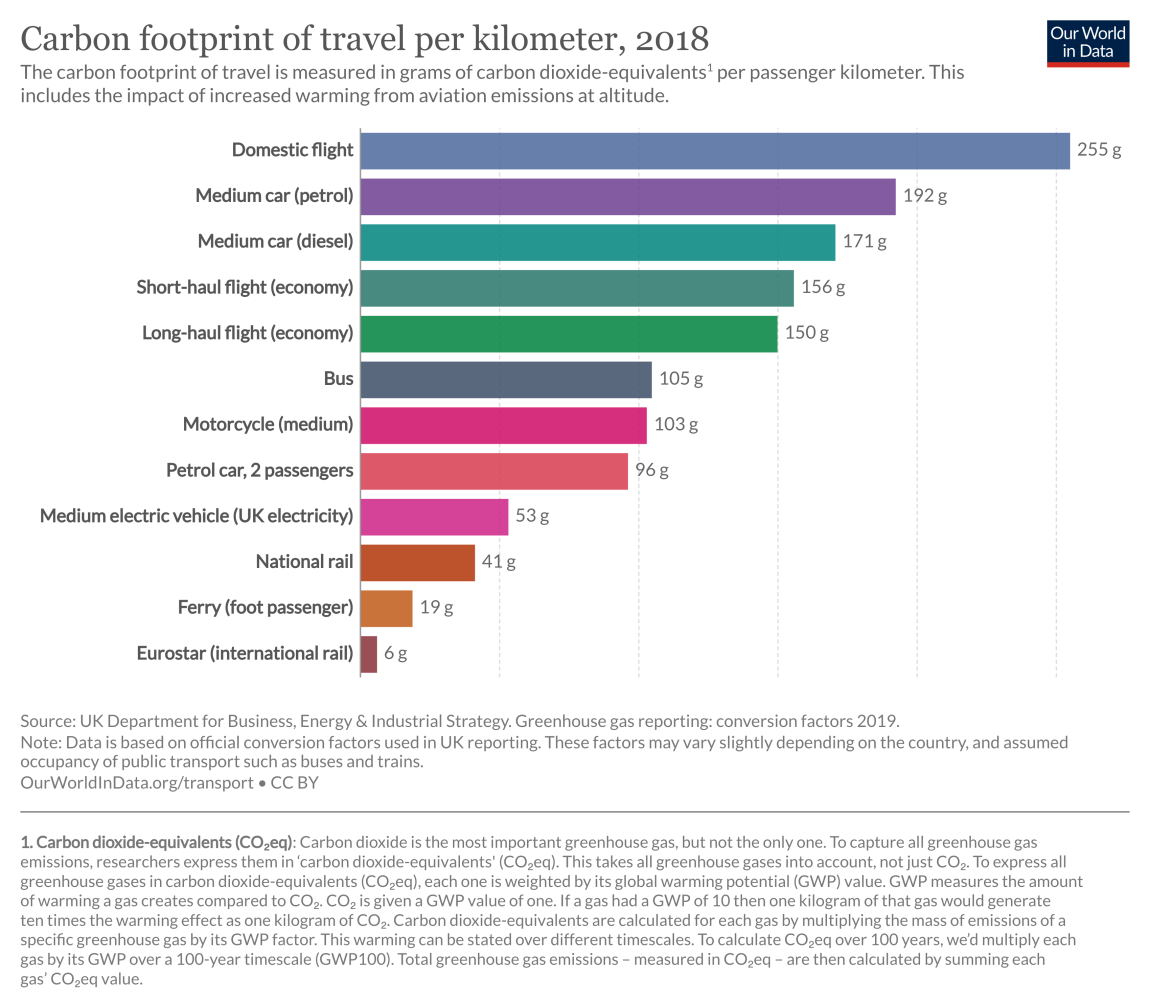
Source: https://ourworldindata.org/travel-carbon-footprint
The complacency surrounding electrification poses a significant risk, diverting attention and resources from potentially more sustainable alternatives. Neglected solutions such as optimising freight train utilisation, as witnessed in the US rail system, can yield substantial gains. “By shifting just 1% of freight from trucks to trains, America could save 340 million gallons of fuel annually, accompanied by a reduction of 3.9 million tons in greenhouse gas emissions.” Excerpt from the book “Thank You for Being Late" by Thomas L. Friedman
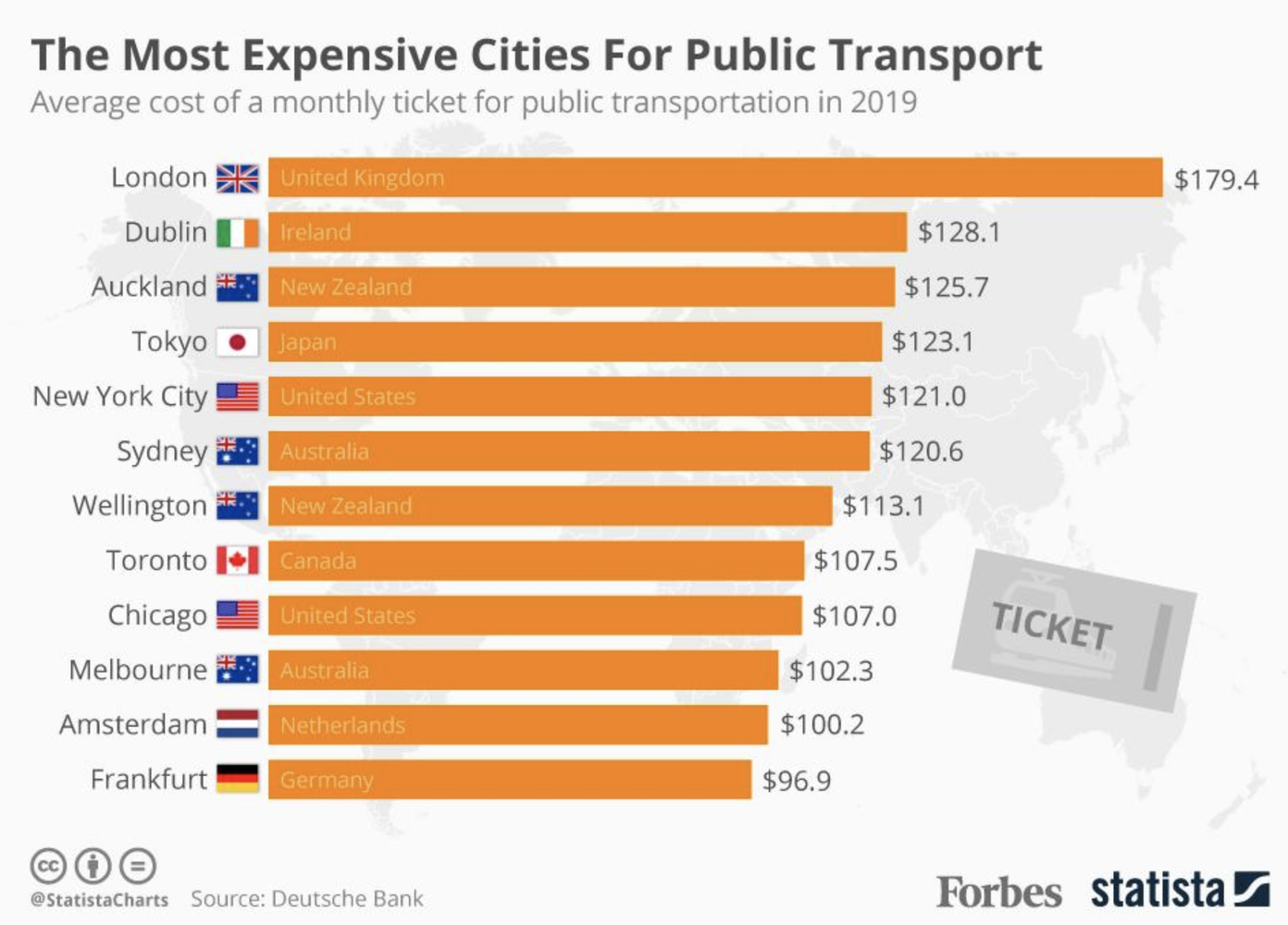
Source: Deutsche Bank survey of 55 major global cities
London holds the dubious distinction of having the world's most expensive public transport system, with Dublin following closely behind.
The UK has chosen a strategy of penalising cars rather than subsidising public transport. As an example, my commute from Bracknell to Westminster, covering a mere 32 miles (51 KM) , costs me a staggering £42.6 daily. London tries to discourage cars by introducing congestion charges (15£) and ULEZ charges (12.5£). If two people from Bracknell car pool then their cost of car travel would be less than the public transport. Perhaps a balanced approach involving penalties for cars and increased investment in public transport is necessary. However, such a strategy requires improved access to data, a crucial foundation for informed decision-making.
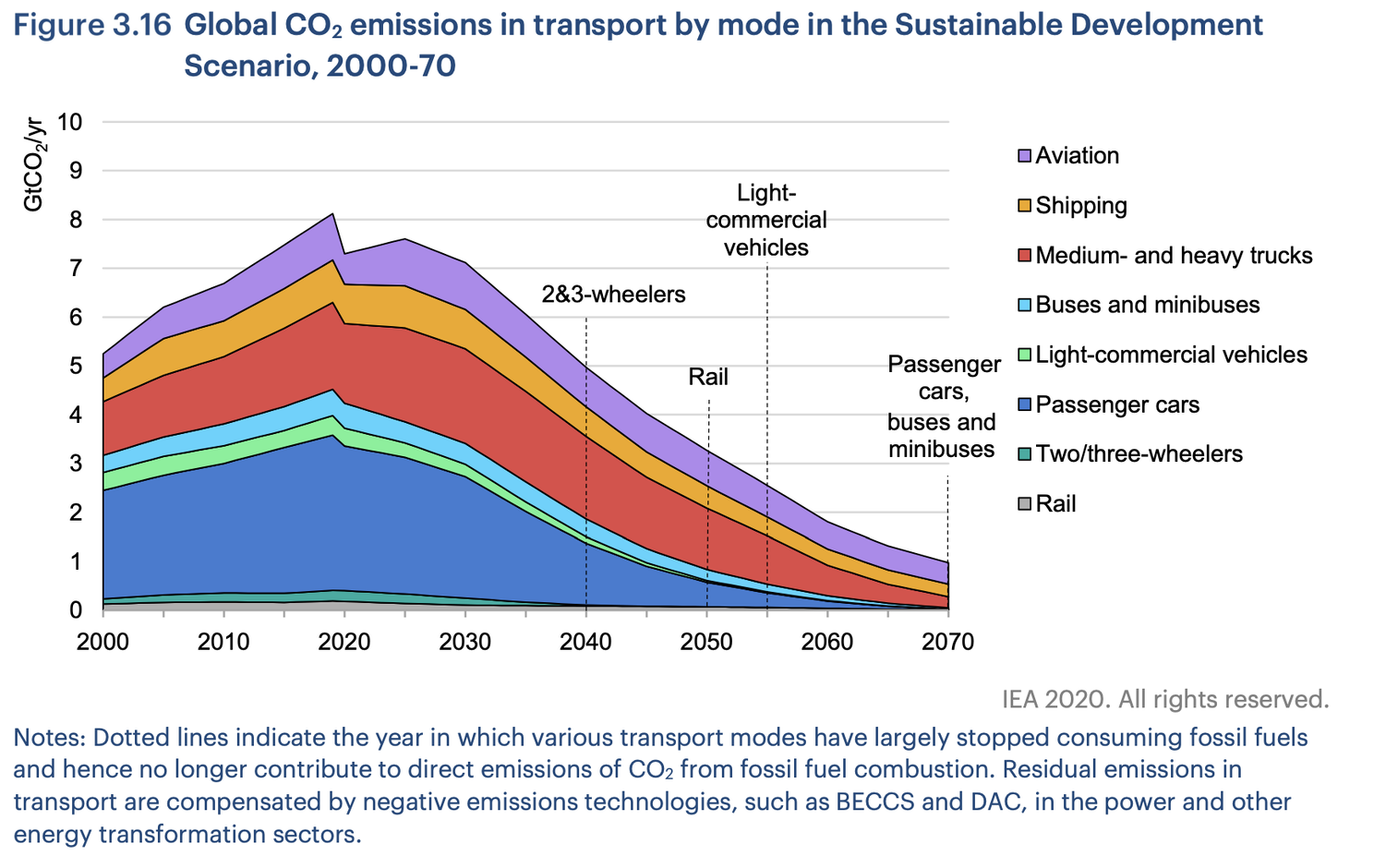
Source: https://ourworldindata.org/co2-emissions-from-transport
The International Energy Agency predicts a doubling of global transport (measured in passenger-kilometers), a 60% increase in car ownership rates, and a tripling of passenger and freight aviation demand by 2070. These projections paint a grim picture of the environmental impact of unchecked transportation growth. To offset this trend, we must leverage technological innovations to create more sustainable systems.
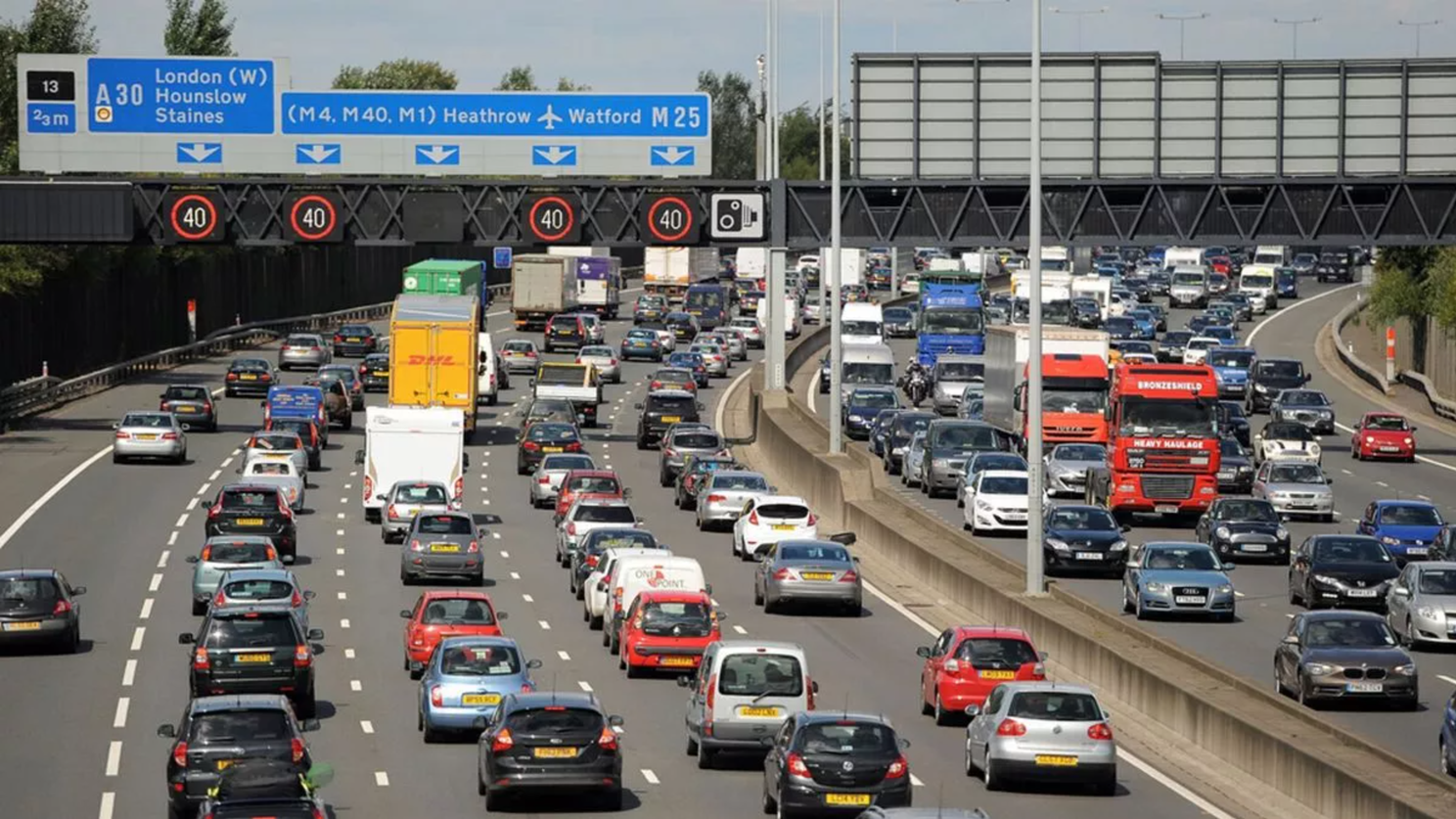
Our current mode of operation is untenable. The M25, famously known as Britain's biggest car park, simply cannot accommodate a further influx of 60% more vehicles, regardless of whether they are diesel or electric.
This is where the concept of externalities and their role in public policy becomes paramount. A classic example is the UK's tax breaks for diesel cars in 2001, based on their lower CO2 emissions compared to petrol-powered vehicles. However, subsequent studies revealed that diesel cars emit other harmful pollutants, namely nitrogen oxides. The entire public sector must be viewed as a connected ecosystem, where the impact on one facet reverberates throughout the entire system. We must strive for solutions that enable real-time measurement of cause and effect across this ecosystem.
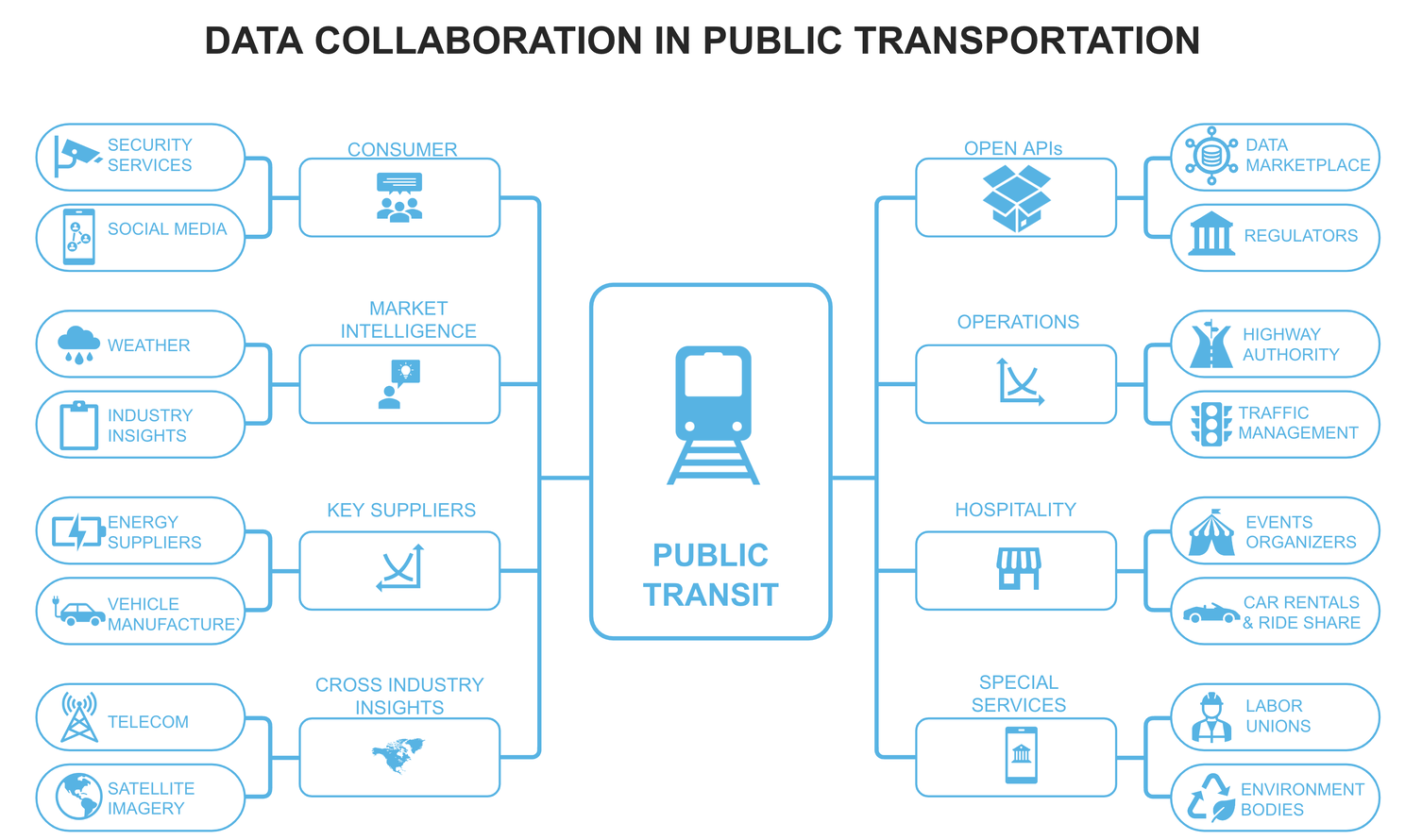
Visualising the public transport ecosystem allows us to comprehend its complexity fully. Numerous public bodies and stakeholders intertwine with the public transport system. By fostering seamless data collaboration within this ecosystem, we can:
- Promote a data-driven culture, instilling data-centricity throughout policy development and operational delivery, nurturing innovation and leveraging AI while maintaining trust, safety, and confidentiality.
- Enhance data quality, governance, and processes, while emphasising the cost of neglecting data integration during the inception of projects aimed at delivering new IT applications.
- Develop automation tools and AI systems to bolster evidence synthesis, decision-making, and risk assessment across various industries.
- Address challenges associated with identifying and managing data asset owners, dismantling silos, and transitioning from traditional work mindsets to agile methodologies.
- Overcome technical obstacles like digitising legacy data and parsing complex legal documents.
The significance of mobility data in urban planning and transportation management continues to grow. According to a report by McKinsey, the global market for mobility data products and services is poised to reach a value between $450 billion and $750 billion by 2030. This surge is fueled by the demand for connected and autonomous vehicles, as well as the rising importance of mobility data in shaping urban planning and transportation management.
Snowflake offers a comprehensive suite of solutions that enable effective data integration, sharing, and enrichment:
- Data integration: Snowflake's cloud-based data warehousing approach facilitates the integration of structured and unstructured data from diverse sources, including satellite imagery. It empowers organisations to execute Big Data Analytics at scale.
- Data sharing: With built-in data sharing capabilities, Snowflake allows secure and seamless data sharing with internal and external stakeholders without the need for data replication. Even when sharing hundreds of terabytes of data, it can be achieved within seconds, as only metadata is copied, ensuring you retain full control over your data at all times.
- Data enrichment: Snowflake's marketplace provides access to a wide range of data from different providers, including ESG datasets. It also enables the publishing of Open Data, fostering transparency and addressing public concerns.
In conclusion, a data-driven approach is key to decarbonising our world and revolutionising public transport. By harnessing the power of data collaboration and leveraging technological innovations, we can pave the way to a sustainable future. Let us embrace this opportunity to transform our cities, mitigate the negative externalities of transportation, and create a world that future generations can truly call their own.






